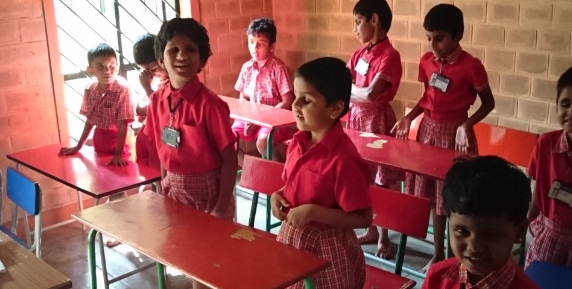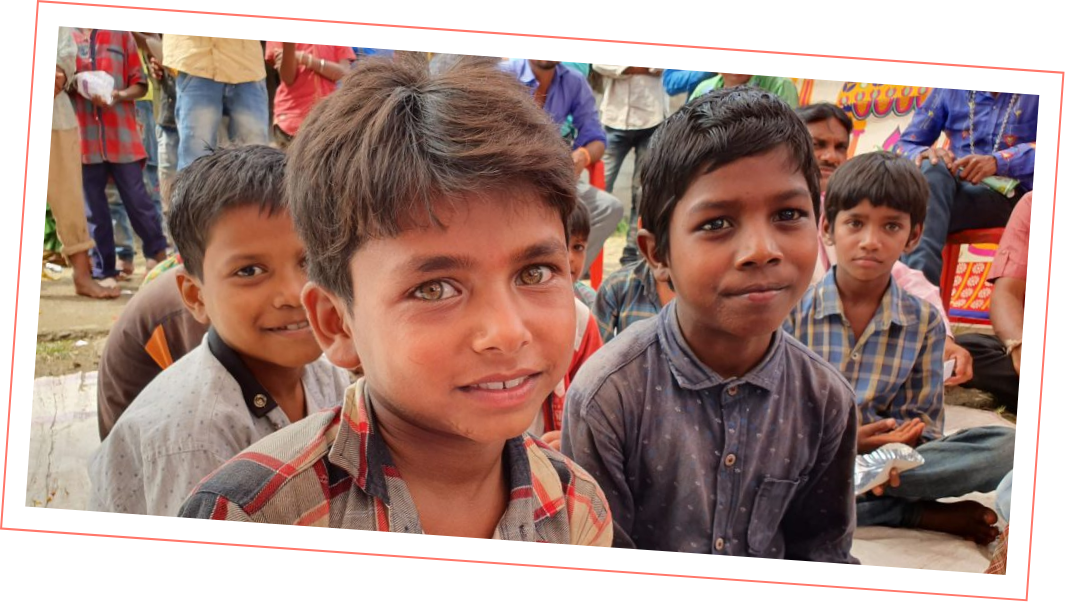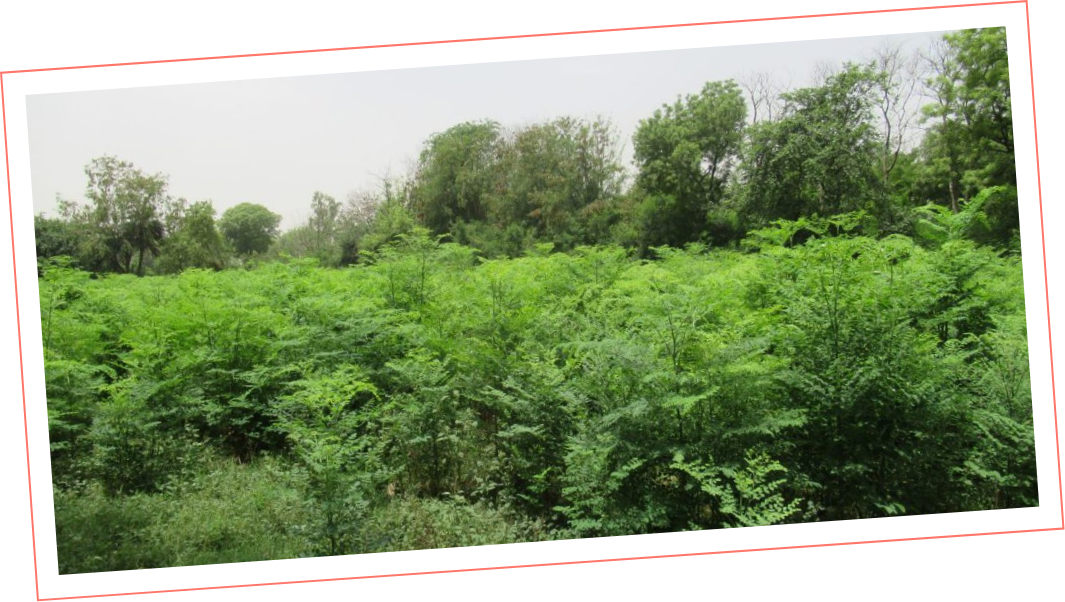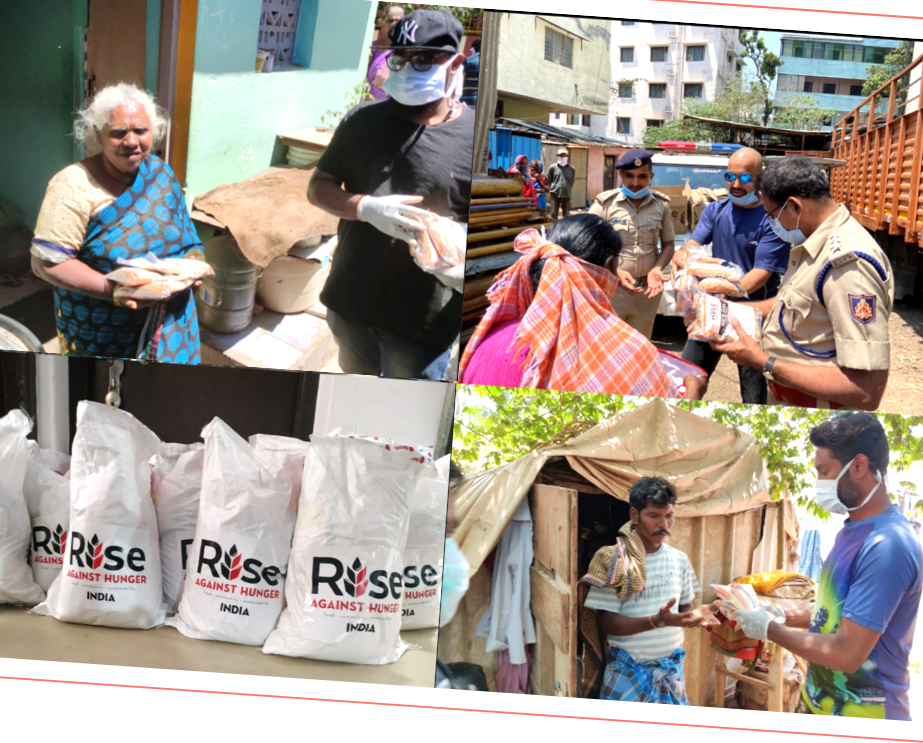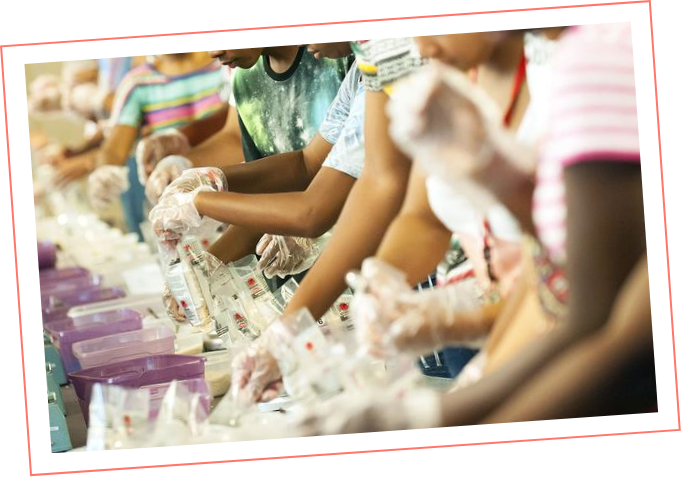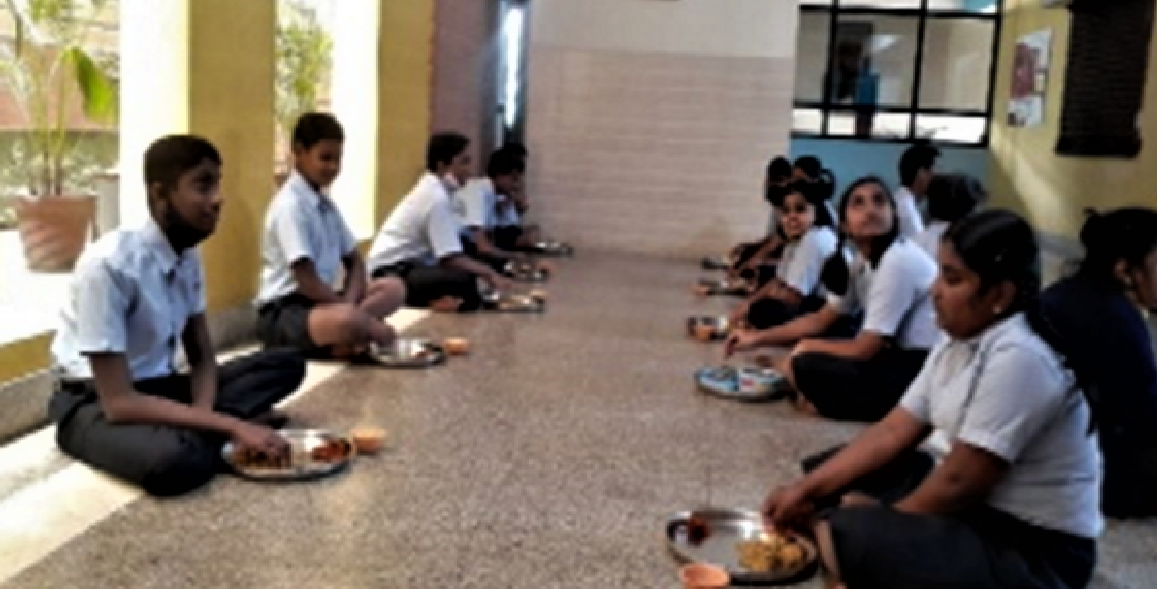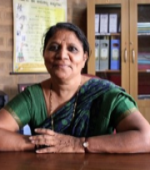Our Pathways to End Hunger model aligns with the United Nations Sustainable Development Goals (SDGs) and our programs resonate with Goals #2 Zero Hunger, #3 Good Health & Well-being #4 Quality Education, #5 Gender Equality, #6 Clean Water & Sanitation and #12 Responsible Consumption and Production.
We target remote, last-mile communities within hunger pockets designated “serious” or higher on the Hunger Index, which are the hardest places to reach and are often difficult to access, lack communication and have poor infrastructure. Our pathways aim to support the immediate needs through provision of food supplements to the most impoverished and food insecure households while we work with local communities and build their capacity to achieve food and livelihood security. Through resilience building measures, we empower communities to develop coping and adaptation mechanisms to withstand shocks and trauma from disasters and hazards.
